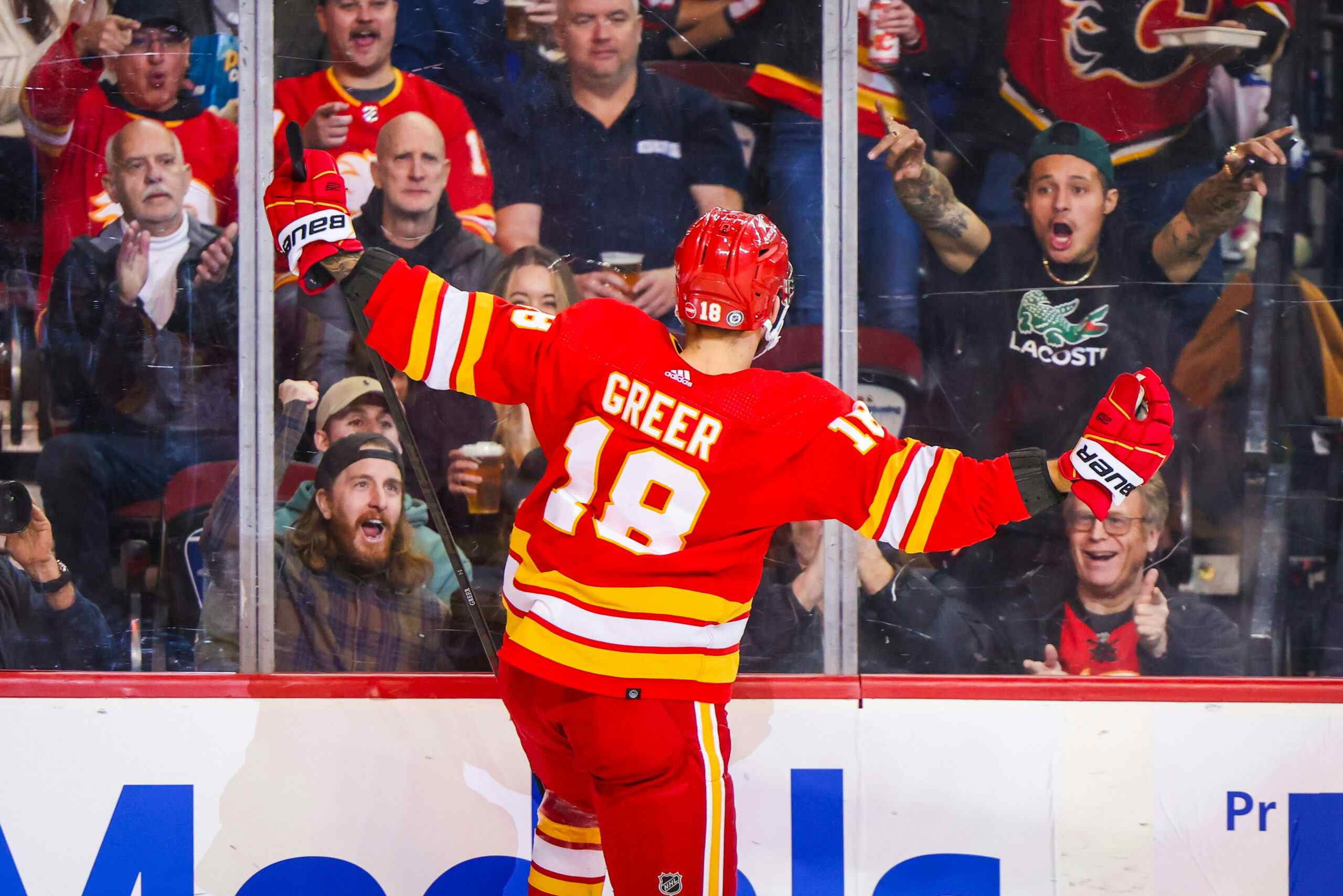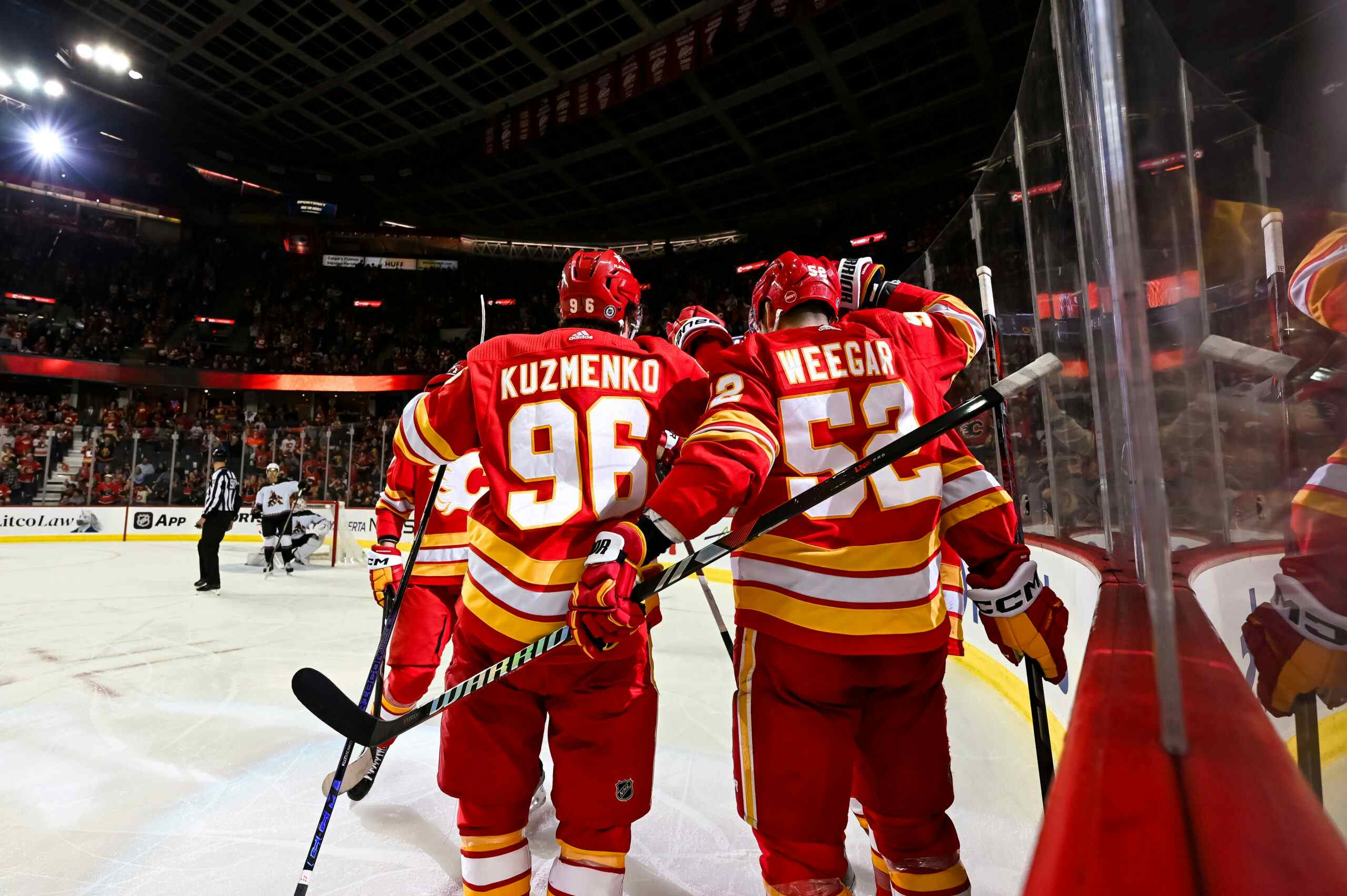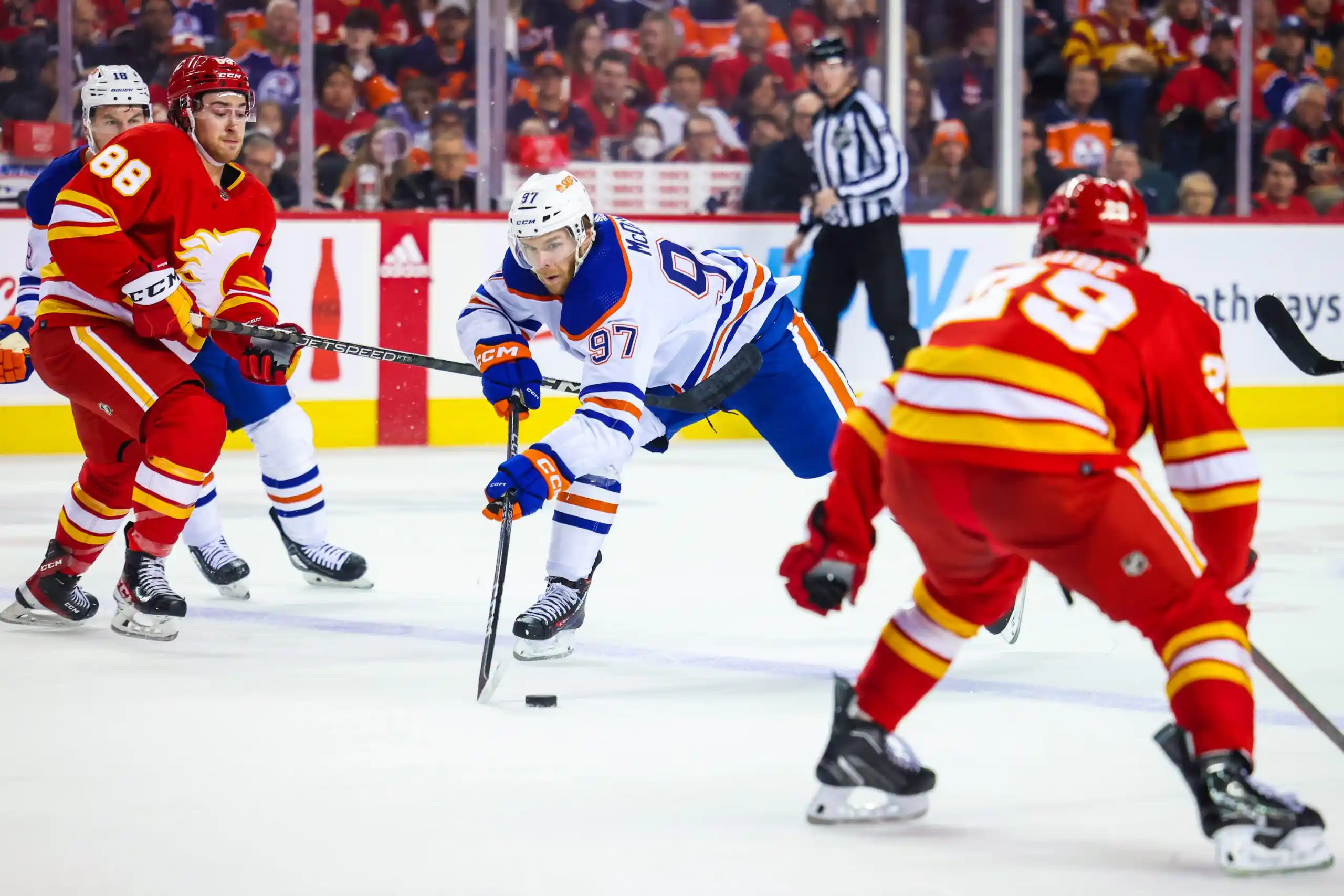Drafting the Troika – Flames and Three First Rounders
By RexLibris
11 years ago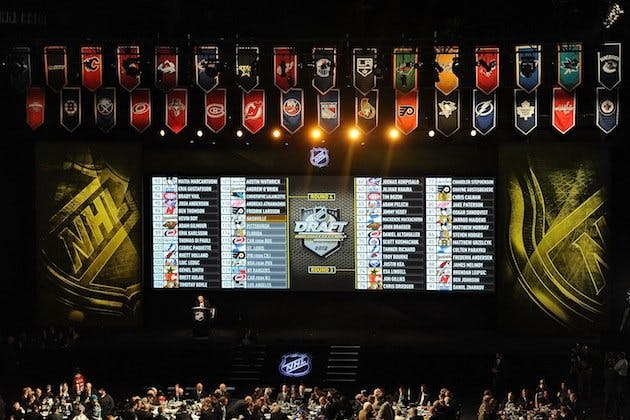
Since 1995 only eight teams have had three or more 1st round picks in single year. I decided to take a look at those teams, the players chosen, the draft year in question, and then find the most appropriate historical fit for the Flames current situation.
By chronological order, those teams are the Avalanche in 1998 with 4 picks, the Islanders in 1999 with another 4, then the Capitals in 2002 with three, L.A. in 2003 with three, the Caps again in 2004 with three, the Oilers and Blues both in 2007 with three each, then the Panthers in 2010 with three and finally the Senators in 2011 with three.
Here is a breakdown of those teams and their picks:

The closest historical match to the Flames current situation is perhaps the Panthers in 2010 or the Capitals in 2004, where the teams drafted in the top three and then had two "depth picks" around the bottom ten. That being said, based on some recent reports on this draft class (something about which I will elaborate on later) it is difficult to believe that the Flames can realistically expect to find three bona fide NHL players with all three 1st round picks.
The history of teams picking more than twice in the 1st round suggests that the best case scenario is that the team finds a top six player with their first pick and then uncovers a potential bottom six forward and 2nd pairing defenseman with the latter two.
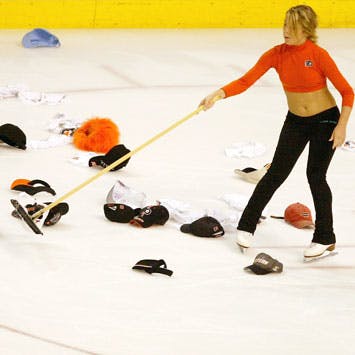
Pulling the Hat Trick is Hard
The best result from any of these teams was probably the 1998 Colorado Avalanche who managed to essentially "hit" on all four picks. The worst is perhaps the Islanders in 1999 who found a top six player in Connolly, then selected an eventual 4th line player in Pyatt 8th overall and essentially blew the final two picks. It should be noted, however, that 1999 was a relatively poor draft year with only 15% of selected prospects eventually becoming NHL players – the league average between 1995 and 2006 was 18.5%.
Even in the fabled 2003 draft, where the Kings had three picks at 13, 26 and 27, they found only one high-end NHL player in Dustin Brown. Of the remaining two, one is a decent defenseman while the other is plying his trade overseas in Zurich of the Swiss League.
The evidence would suggest that having a significant number of picks in any given round is not a guarantee of success, but that it is important to hit on the ones you have, rather than approach the draft board with a sense of luxury or recklessness brought on by a surplus of selections.
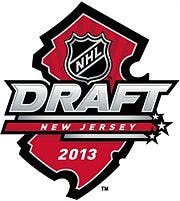
Hitting the Draft Table with Aces in the Sleeve
Teams have in the past seemed to believe that getting a number of 1st round selections will allow them to garner a windfall of talent that will shortcut a long rebuilding process. Historically this has proven to be a false belief. Rebuilds take time, patience and development. A team that feels they can do an end-run around the process through the draft probably doesn’t have the wherewithal or infrastructure to do it well. Only one team has managed to draft well enough in this situation such that they were able to find success through it (the Avalanche) and it had as much to do with their existing roster talent at the time and the ability to bring along an influx of new talent in a supporting role. They also got incredibly lucky at the draft.
Of the teams listed, L.A. is the only other team to have won a Cup in recent years, and that roster had only one player from that draft windfall still on it in Brown.
Don’t misunderstand this article to mean that I believe that multiple picks in any given round is a bad strategy. It isn’t. But draft boards need to be run in such a way that every pick needs to be the concensus best projectible player available. Too often when teams have multiple picks in a round you can see the scouts or GMs making selections almost as though they were inviting failure, be it through reach or off-the-board picks. After picking a potential star, teams might start "picking for need" instead of looking for viable assets.
If the Flames take the best player they feel is available with their first pick, then wait and cross off the names of others selected to take the next best player still available with their second and third picks, each time reassessing the players available, and stay away from the temptation of drafting according to present need, then they may find some good players.
The danger lies in that Feaster and the Flames management seem intent on taking these three picks and using them to forestall any pending rebuild. The language and messages coming from the organization are that they will accept this one year, maximize their time at the draft (be it by selection or to trade) and expect to return to the NHL’s inner circle the following season.
We will have to wait and see if this approach bears fruit.
Recent articles from RexLibris

